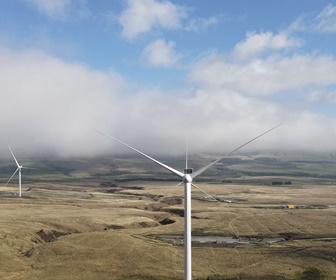TNO has developed a method to automatically detect maritime traffic near subsea infrastructure using redundant optical fibres, also known as dark fibres, within fibre-optic cables. These fibres can pick up vibrations from maritime traffic.
Geophysical experts from the Geological Survey of the Netherlands (part of TNO) conducted successful tests in the North Sea to detect maritime traffic near subsea cables. Wind-farm power cables and a telecommunications cable, each over 100 km long and serving as sensors, provided vibration data that helped detect and locate maritime traffic close to these cables.
A device, called a DAS interrogator, connected to the end of the cables on land, utilises laser light to detect vibrations along the entire cable length over very long distances. These vibrations can result from earthquakes, environmental noise, ocean waves, marine mammal sounds, and maritime traffic. Processing this data with an algorithm enables the detection and location of maritime traffic. Data from the automatic identification system (AIS) were used to validate the results. In cases where there was a discrepancy between these data, the vibrations might originate from a source beyond AIS range or a source with its AIS turned off, either intentionally or unintentionally. In such instances, an early warning can be automatically triggered to notify relevant authorities of suspicious traffic.









